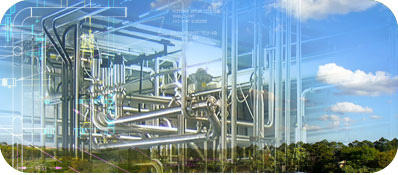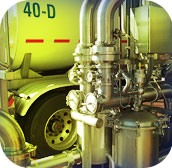Tips for implementing environmentally
responsible practices into a modern process
Building sustainability into a modern process is a multifaceted undertaking. Here are a few tips for moving things in the right direction:
Use sustainable materials. Process efficiency begins with the materials used production. This means using non-toxic, sustainably produced materials that require less energy to process. Doing so reduces waste and energy usage. Ideally, the products could eventually be recycled after they are used at the consumer level, allowing them to return to good use in another process.

Implement energy-efficient upgrades. By their very nature, energy efficient processes use fewer natural and industrial resources. Also, processes that require less energy save the producer money on utilities. Some elements of energy-efficient design (covered in last month’s issue of WPS Direct) include: regenerative heating, insulation, energy-efficient equipment, and workflow enhancements.
Recycle within the process. The most efficient processes are those that recycle both materials and energy. By capturing production elements within the system and reusing them as much as possible, both production costs and waste go down significantly. The ideal is a constant reuse of materials in a continuous closed cycle.
 Design for minimal impact. No matter how efficient your process becomes, you will produce some byproducts. To lessen environmental impact and improve public perception, it is imperative that these byproducts are treated, filtered, recycled, or otherwise mitigated as well as possible. Measures include water filtration and treatment systems, emissions filtering systems, and secondary production processes for food byproducts that could be used in other ways, such as livestock feed or agricultural applications.
Design for minimal impact. No matter how efficient your process becomes, you will produce some byproducts. To lessen environmental impact and improve public perception, it is imperative that these byproducts are treated, filtered, recycled, or otherwise mitigated as well as possible. Measures include water filtration and treatment systems, emissions filtering systems, and secondary production processes for food byproducts that could be used in other ways, such as livestock feed or agricultural applications.To learn more about principles of sustainable production, visit www.wrightps.com.

